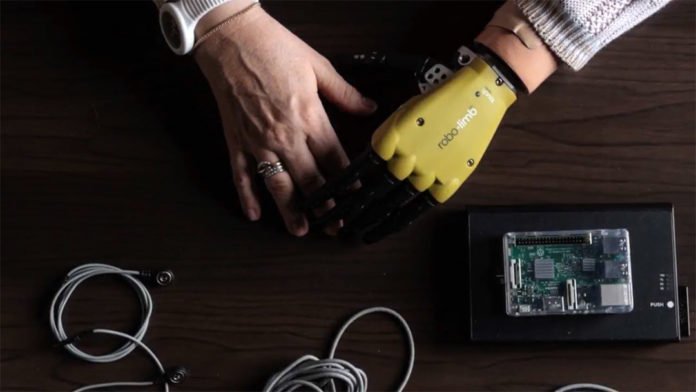Throughout the years, different solutions have been emerged to reestablish information to individuals with limb amputation. In any case, this data is still a long way from those of the human hand in terms of expectation and adequacy.
Now, EPFL scientists have developed a code capable of transmitting for the first time to the nerves of the amputated arm all the variety of perceptions that it would have received from the nerve fibers connected to the tactile receptors of one’s hand and then communicate the information useful for the movement in an extremely natural way.
This new innovation could open new scenarios in the research on artificial prostheses and their ability to recover as much as possible the naturalness of the missing limb. Through an interdisciplinary methodology, which coordinates works on getting from neuroengineering, clinical neurology, and robotics with computer simulations of the conduct of neurons, it was conceivable to determine that by animating the fringe nerve with data fundamentally the same as those that regular finger sensors would give under ordinary conditions, the patient can get more common and viable data.
Giacomo Valle, a doctoral student at the Sant’Anna School of Advanced Studies said, “In this work, we did not start from the robotic hand but from the source of tactile information, trying to reproduce the dynamics of the natural sensors and nerve fibers that spread from the fingers when a hand touches an object. In this way, we transmitted a signal to the patient’s nervous system that was immediately recognized as natural.”
Scientists noted, “This is a significant step forward towards an even more natural hand prosthesis because for the first time all aspects of tactile perception are taken into account. Furthermore, the code developed by the authors of the study can be applied to all prosthetic models, ensuring the sensitivity of perceptions and the effectiveness of movements.”
Silvestro Micera, professor of Bioengineering at the BioRobotics Institute of the Scuola Superiore Sant’Anna said, “Our results will allow prostheses to be both effective and usable in a natural way and not felt like a foreign body. This will significantly increase the clinical impact of these technologies.”
Prof. Paolo Rossini, clinical principal investigator of the study said, “Our hand allows us to explore the environment around our personal and interact with it. It allows us to hit hard or to stroke. It allows us to play a keyboard or lift a heavy barbell. All this variety of actions (and a thousand others) is also possible thanks to the sensory information that every movement and contact with an object sends to our nervous system. Losing sensory information is like living in a world without colors and without light / dark contrasts.”
“Being able to feel sensations in a phantom limb, or in a hand that no longer exists – comments Loretana Puglisi, one of the two patients who has experienced the system – is a significant step forward towards the development of truly functional prostheses. For the first time, I perceived the prosthesis as a natural extension of my body and not as an external part.”
The study is published in the journal Neuron.
